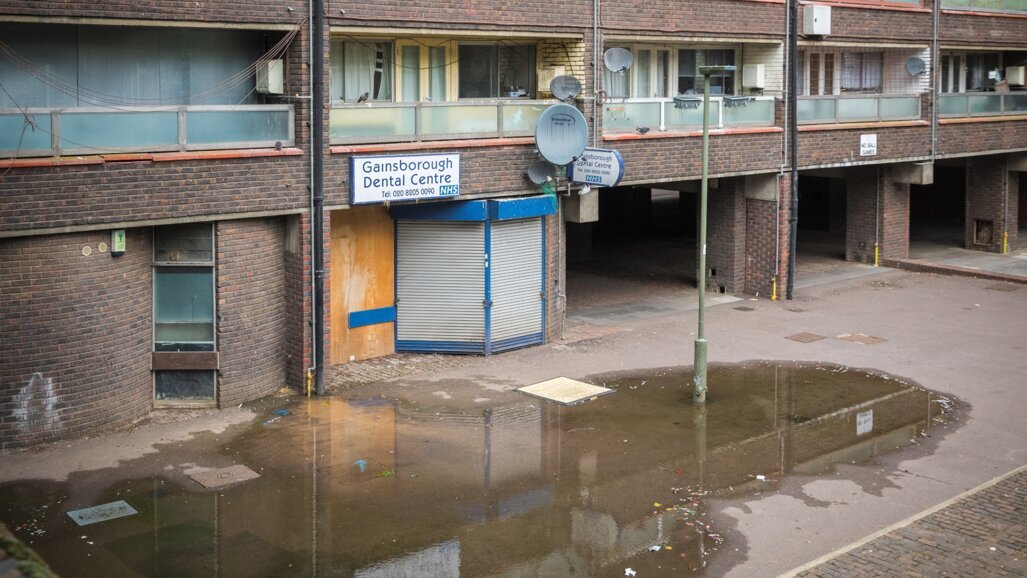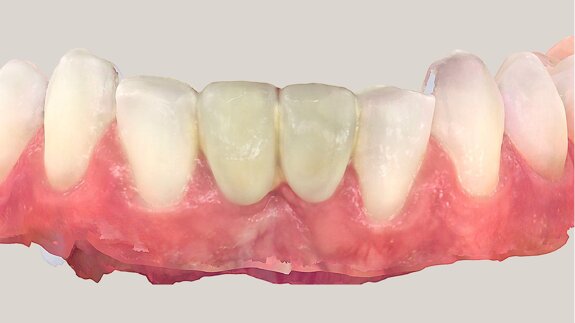LONDON, England: Equitable access to high-quality dental care is one of the major public health challenges the UK has had to grapple with in recent years. Owing to reductions in government spending—which have contributed to personnel shortages and clinic closures—many people across the country are experiencing great difficulty in accessing dental appointments. Because of chronic neglect, the issue has only continued to worsen, and some areas have now become so isolated from dental care that they have been dubbed “dental deserts”. A new systematic review canvassing the global literature on ameliorating access to dental care has sought to extract useful lessons that might be applied in the UK context.
Drawing from 37 studies across 26 countries, the review applies The Lancet’s high-quality health systems framework to categorise interventions aimed at reducing geographic inequities in oral healthcare. Four main categories of interventions emerged: workforce initiatives, outreach programmes, in-reach strategies and auxiliary access efforts. Each contributes uniquely to overcoming access barriers, and they collectively highlight the importance of a multifaceted approach.
Workforce initiatives are among the most widely used and effective. Training mid-level providers such as dental therapists and dental nurses helps extend care delivery, especially in underserved areas, and frees up dentists to handle more complex cases. Additionally, involving non-dental personnel—such as teachers or community health workers—proves effective in rural and Indigenous communities where traditional dental providers are scarce.
Outreach efforts include teledentistry, mobile dental clinics and temporary outreach camps. These services significantly improve access, particularly in rural and remote regions. Teledentistry enhances diagnostic efficiency and patient satisfaction, and mobile and temporary clinics reach thousands of patients, many of whom have never received dental care before.
In-reach strategies typically involve dental schools establishing clinics in underserved areas. These clinics serve dual purposes: they provide care to the community and encourage dental students to practise in rural settings after graduation. Evidence shows that such exposure increases the likelihood of retaining new practitioners in these areas.
Auxiliary access efforts are interventions focused on affordability, community engagement, cost-effectiveness and clinician incentives. Although less studied in isolation, these strategies often underpin the success of the other three categories. Importantly, most interventions span multiple domains of the health system, underscoring the value of integrated solutions.
The review concludes that there is no one-size-fits-all solution. However, sustainable impact is most likely when interventions are community-informed, structurally embedded and supported by policy and funding. These lessons are globally relevant, as many countries—including high-income nations—face growing disparities in dental care access.
By synthesising a wide range of international experiences, the review provides a strong foundation for future policy and practice aimed at eradicating dental deserts through systemic, scalable and context-specific innovations.
The study, titled “Tackling geographic barriers to primary dental care (dental deserts): A systematic review”, was published online on 20 June 2025 in the British Dental Journal, ahead of inclusion in an issue.
Topics:
Tags:
CHELMSFORD, England: The public-facing nature of dentistry has led to clinicians becoming increasingly involved in caring for patients’ systemic health, ...
LONDON, England: The UK dental crisis is a highly significant public health issue, having escalated in recent years owing to continued reductions in ...
LONDON, England: UK Prime Minister Keir Starmer has announced plans to abolish National Health Service (NHS) England, aiming to integrate its functions ...
LONDON, England: National Health Service (NHS) dentistry is in crisis, and at the heart of the problem is the alarming loss of dental professionals. ...
EDINBURGH, Scotland: Although the mental health of dentists has received increasing attention since the COVID-19 pandemic, there has been little study of ...
LONDON, England: The National Audit Office (NAO) has reported significant shortcomings in the dental recovery plan launched by the National Health Service ...
Live webinar
Mon. 12 January 2026
9:00 am EST (New York)
Prof. Judith Jones D.D.S; M.P.H., Prof. Kakuhiro Fukai D.D.S., Ph.D, Dr. Bathsheba (Bethy) Turton
Live webinar
Wed. 14 January 2026
12:00 pm EST (New York)
Dr. Théo Laplane, Dr. Robert Gottlander DDS
Live webinar
Fri. 16 January 2026
12:00 pm EST (New York)
Live webinar
Mon. 19 January 2026
1:00 pm EST (New York)
Philipp Kopp, Michael Seeber
Live webinar
Thu. 22 January 2026
2:00 pm EST (New York)
Dr. Nicola M. Grande DDS, PhD
Live webinar
Wed. 28 January 2026
8:00 am EST (New York)
Live webinar
Wed. 28 January 2026
11:00 am EST (New York)
Prof. Dr. Jan-Frederik Güth



 Austria / Österreich
Austria / Österreich
 Bosnia and Herzegovina / Босна и Херцеговина
Bosnia and Herzegovina / Босна и Херцеговина
 Bulgaria / България
Bulgaria / България
 Croatia / Hrvatska
Croatia / Hrvatska
 Czech Republic & Slovakia / Česká republika & Slovensko
Czech Republic & Slovakia / Česká republika & Slovensko
 France / France
France / France
 Germany / Deutschland
Germany / Deutschland
 Greece / ΕΛΛΑΔΑ
Greece / ΕΛΛΑΔΑ
 Hungary / Hungary
Hungary / Hungary
 Italy / Italia
Italy / Italia
 Netherlands / Nederland
Netherlands / Nederland
 Nordic / Nordic
Nordic / Nordic
 Poland / Polska
Poland / Polska
 Portugal / Portugal
Portugal / Portugal
 Romania & Moldova / România & Moldova
Romania & Moldova / România & Moldova
 Slovenia / Slovenija
Slovenia / Slovenija
 Serbia & Montenegro / Србија и Црна Гора
Serbia & Montenegro / Србија и Црна Гора
 Spain / España
Spain / España
 Switzerland / Schweiz
Switzerland / Schweiz
 Turkey / Türkiye
Turkey / Türkiye
 UK & Ireland / UK & Ireland
UK & Ireland / UK & Ireland
 Brazil / Brasil
Brazil / Brasil
 Canada / Canada
Canada / Canada
 Latin America / Latinoamérica
Latin America / Latinoamérica
 USA / USA
USA / USA
 China / 中国
China / 中国
 India / भारत गणराज्य
India / भारत गणराज्य
 Pakistan / Pākistān
Pakistan / Pākistān
 Vietnam / Việt Nam
Vietnam / Việt Nam
 ASEAN / ASEAN
ASEAN / ASEAN
 Israel / מְדִינַת יִשְׂרָאֵל
Israel / מְדִינַת יִשְׂרָאֵל
 Algeria, Morocco & Tunisia / الجزائر والمغرب وتونس
Algeria, Morocco & Tunisia / الجزائر والمغرب وتونس
 Middle East / Middle East
Middle East / Middle East












































To post a reply please login or register